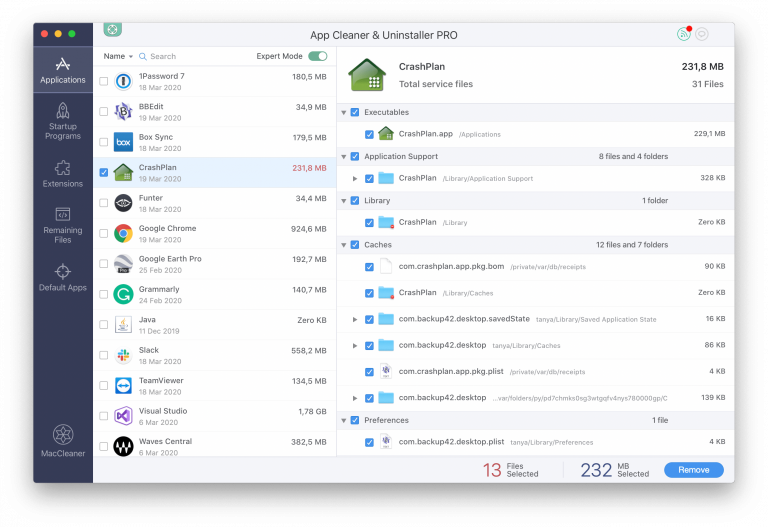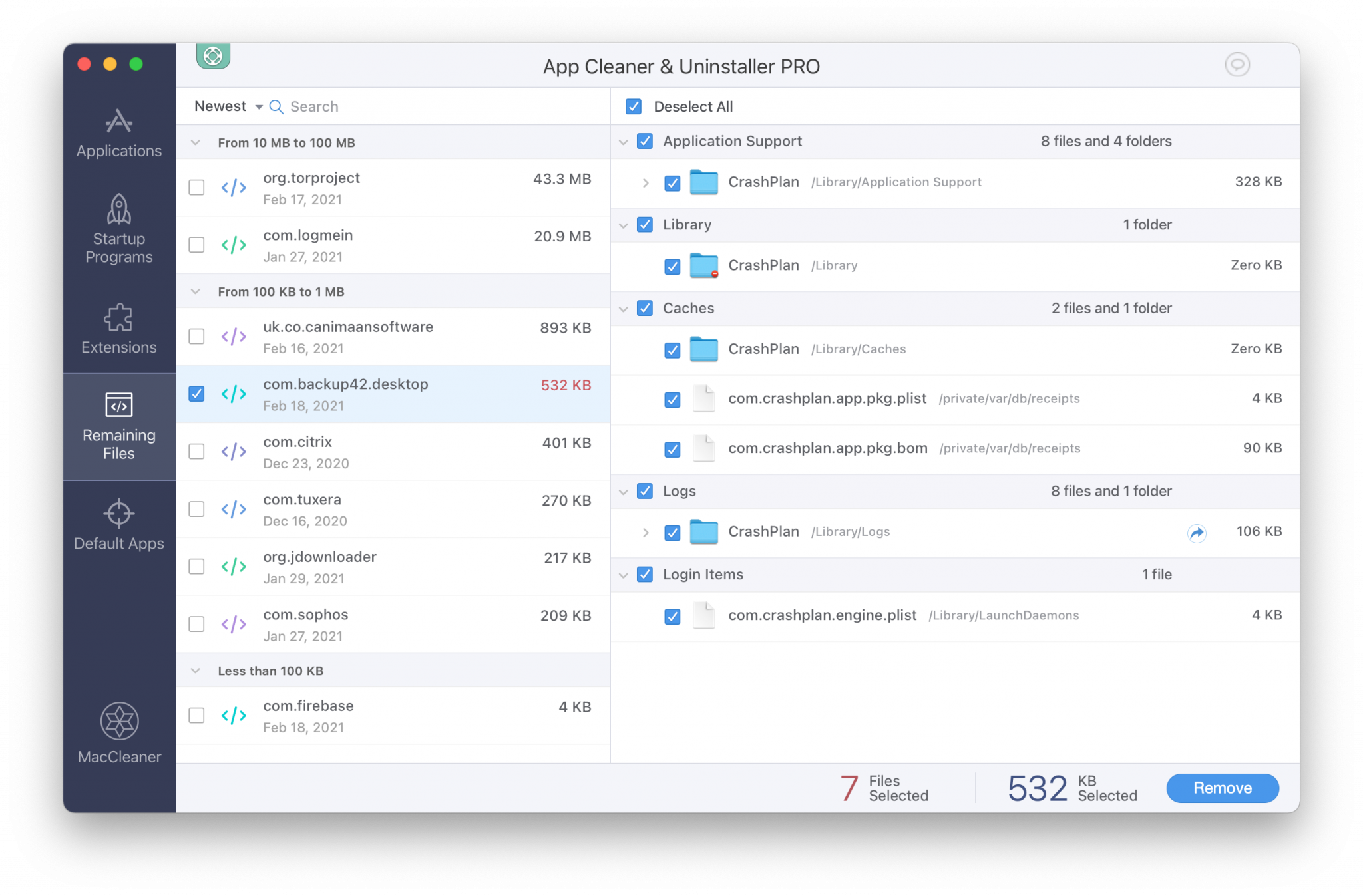
The first step is to get ahold of CrashPlan custom template for the installer. This document still works for the newer version of the software. With the release of version 5 of CrashPlan, it has now become simply Code42 CrashPlan. Fast forward to now, and we have a single LDAP (AD) and I want to take advantage of that implementation to provide “same password” logins for my users.įortunately JAMF has a technical paper outlining how to do this, titled Administering CrashPlan PROe with The Casper Suite. This paper was written back when CrashPlan PROe was still a thing. At the time when we first deployed, we were not on a single LDAP implementation, so I didn’t want to deploy an LDAP integrated CrashPlan. Our original setup of CrashPlan that has been running for several years, was setup using local logins. It’s one of my primary tenets of customer support: make every reasonable effort to not disturb the end user, period. So when I discovered several of my end user machines were not backing up via CrashPlan, I needed to find a way to deploy CrashPlan with as little interruption as possible. Let’s face it, the more time I take performing IT tasks on their computer that cause them to not be able to work, the less money they are making for our agency. That’s a large part of the reason we use Casper, so that my users do not have to be inconvenienced. I am all about trying to minimize the amount of time my users need to be interrupted due to IT needs. Put them together and it’s like when the two teens discovered peanut butter and chocolate as an amazing combination. I’m also a fanboy of Code42 and their CrashPlan software. I’m a fanboy of JAMF Software’s Casper Suite. Note: If Code42 isn't shown despite being installed, open the Applications folder and drag Code42 into the list.I’m a fanboy. Result: The Security and Privacy tab displays your Full Disk Access settings. Select Full Disk Access in the left-hand column.Select the Apple Menu > System Preferences > Security & Privacy > Privacy.How do I enable full disk access for Code42 (formerly CrashPlan) on macOS 10.14 and newer? Also see the Code42 CrashPlan support article for additional details.

TECHNICAL NOTE: These macOS Privacy preferences are not the same as POSIX file system permission normally associated with other Unix and Unix-like operating systems such as Linux. If your Mac is fully managed by UCSF IT through MDM enrollment in UCSF Jamf Pro, then these instructions won't apply to you as they're already in place.

If you don't grant full disk access, your data might not be protected. Due to Apple's privacy restrictions for files and folders containing personal data in macOS Mojave (10.14) and newer, Code42 (formerly CrashPlan) cannot back up some files from locations like the Desktop, Contacts, Photos, and Mail until you manually grant access to the Code42 app.


 0 kommentar(er)
0 kommentar(er)
